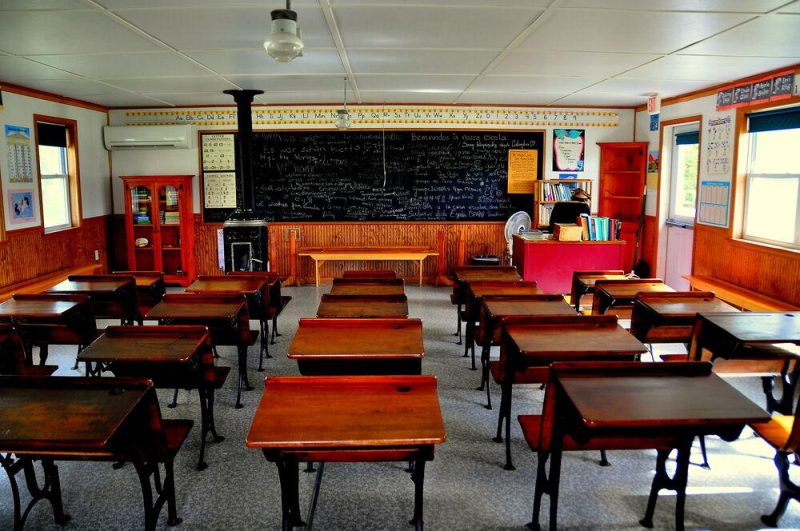By Anthony Hennen | The Center Square
(The Center Square) – A public hearing with the Center for Rural Pennsylvania highlighted growing mental health issues for students in rural schools, along with the financial issues to make mental health care more available.
“Mental health concerns for students have increased significantly in recent years and those needs have accelerated during the pandemic,” said Michael Pennington, executive director of the Commission on Crime and Delinquency.
A state survey found more than 4 in 10 students reported feeling sad or depressed most days, Pennington said, and rates of self-harm have gone up “to concerning levels.”
In response, state funding has increased.
About $190 million for school safety and security and school mental health grants was approved in the latest state budget. Pennington emphasized the need for more funding for mental health workers in schools, calling it the “No. 1 need.”
“Investment in our youth pays dividends in making Pennsylvania safer and a better place for all,” he said.
The money to pay for mental health services isn’t always full or permanent, however.
“Reimbursement for these services are poor, both through the Medcaid system and through commercial insurance,” said Jody McCloud Missmer, network administrator for behavioral health at St. Luke’s University Health Network. “Grants are not sustainable, they do not build a sustainable system.”
Experts also focused on relationships, beyond funding issues and policy.
“Our role in the school is to address those needs prior to them becoming significant and needing additional supports,” said Dana Milakovic, a mental wellness and trauma specialist with the Pennsylvania Department of Education’s Office for Safe Schools. “The No. 1 support for youth mental health and avoiding suicide ideation and avoiding suicide attempts and significant mental health needs is a positive relationship with an adult outside of school.”
Milakovic noted that could be a nurse, teacher, counselor or school secretary and emphasized the importance of having transparent conversations.
“It’s OK to not be OK,” she said. “We can’t support our youth by saying ‘you have to be happy all the time.’”
Responsibility for mental health issues, and its place solely on the school system, is also in the discussion.
“The mental health problems we’re seeing in America today predate COVID,” Superintendent Erich May of the Brookville Area School District said. “There’s been a dark cloud brewing and it predates COVID. It has as much as anything to do with the erosion of the social fabric and the decline of the institutions that formerly defined and upheld our society.”
May listed the decline of organizations like the VFW, the Grange, the church and “the things that brought us together.”
“As for solutions, I just want to highlight the importance of people,” May said. “Like journalism or like teaching, mental health is labor-intensive work. It takes people to listen to kids. Taking care of their hearts and souls starts with listening to them; there’s really no substitute for caring people who are on site to listen to kids.”
Funding issues will remain, but ensuring the right approach to educating the youth matters.
May said, “I think we should pursue strong bodies, minds, and souls, and that is done in a comprehensive education that includes academics, arts, athletics, clubs, and the stuff that, when we look back on our education, the stuff that was most important to us.”
